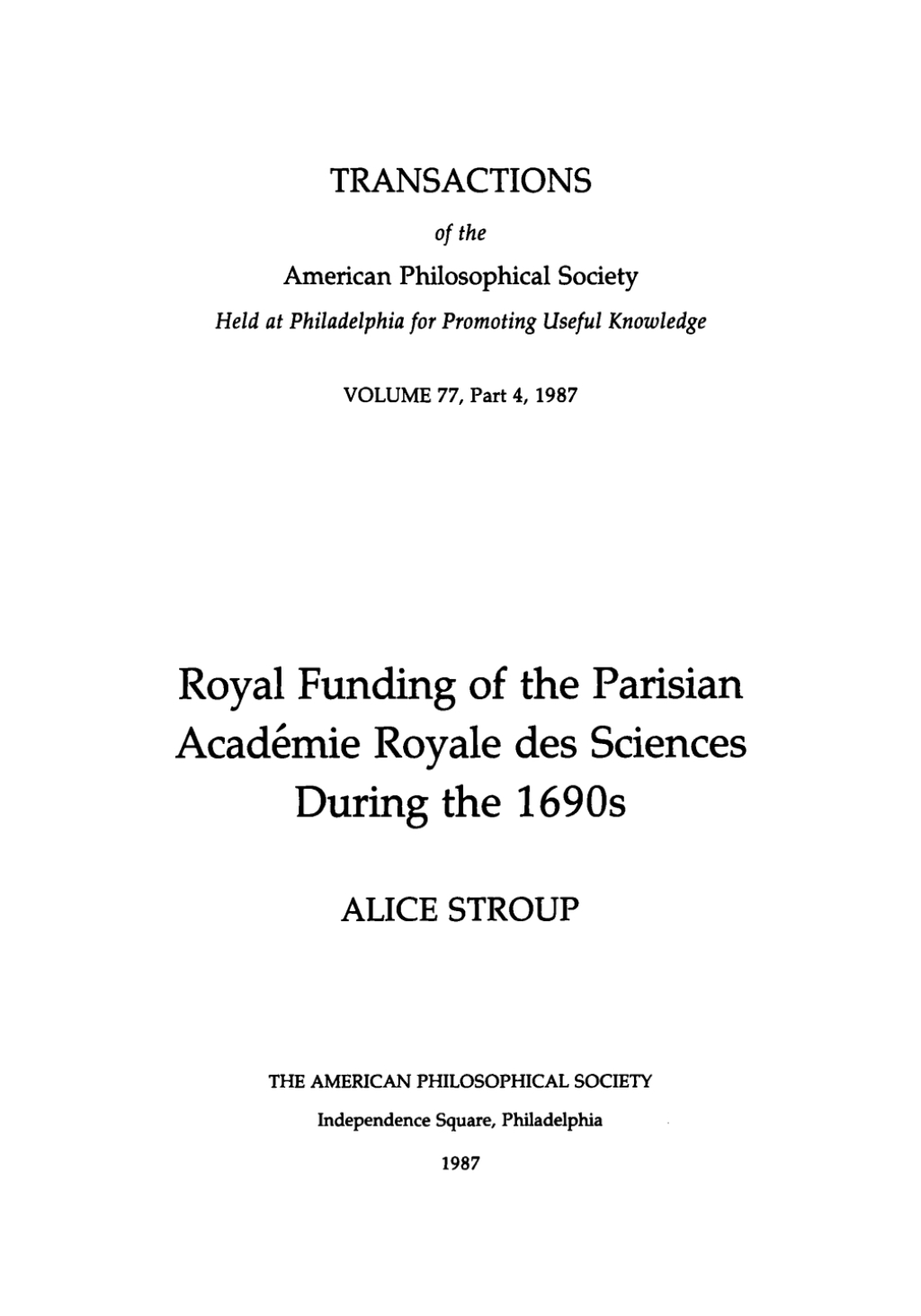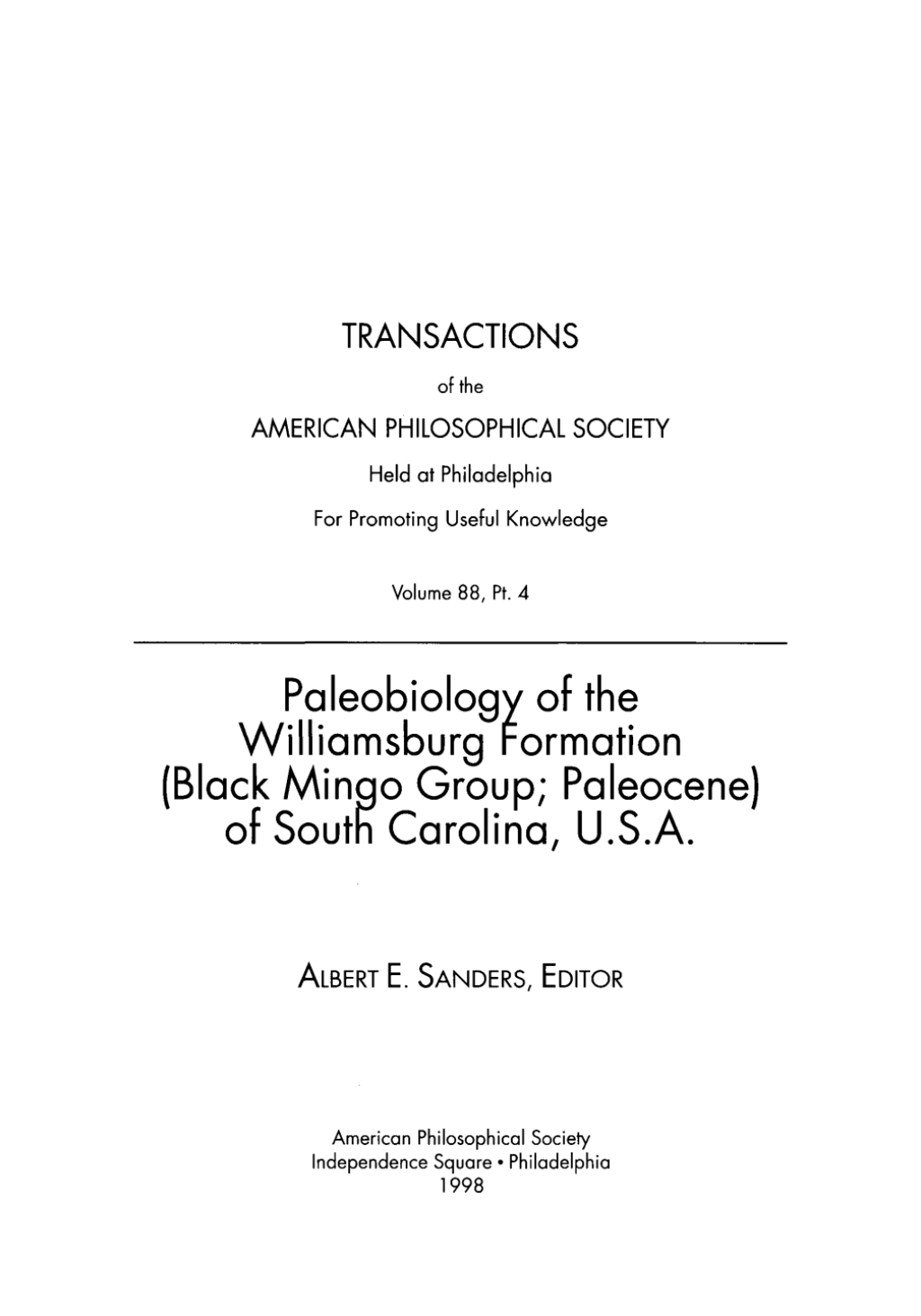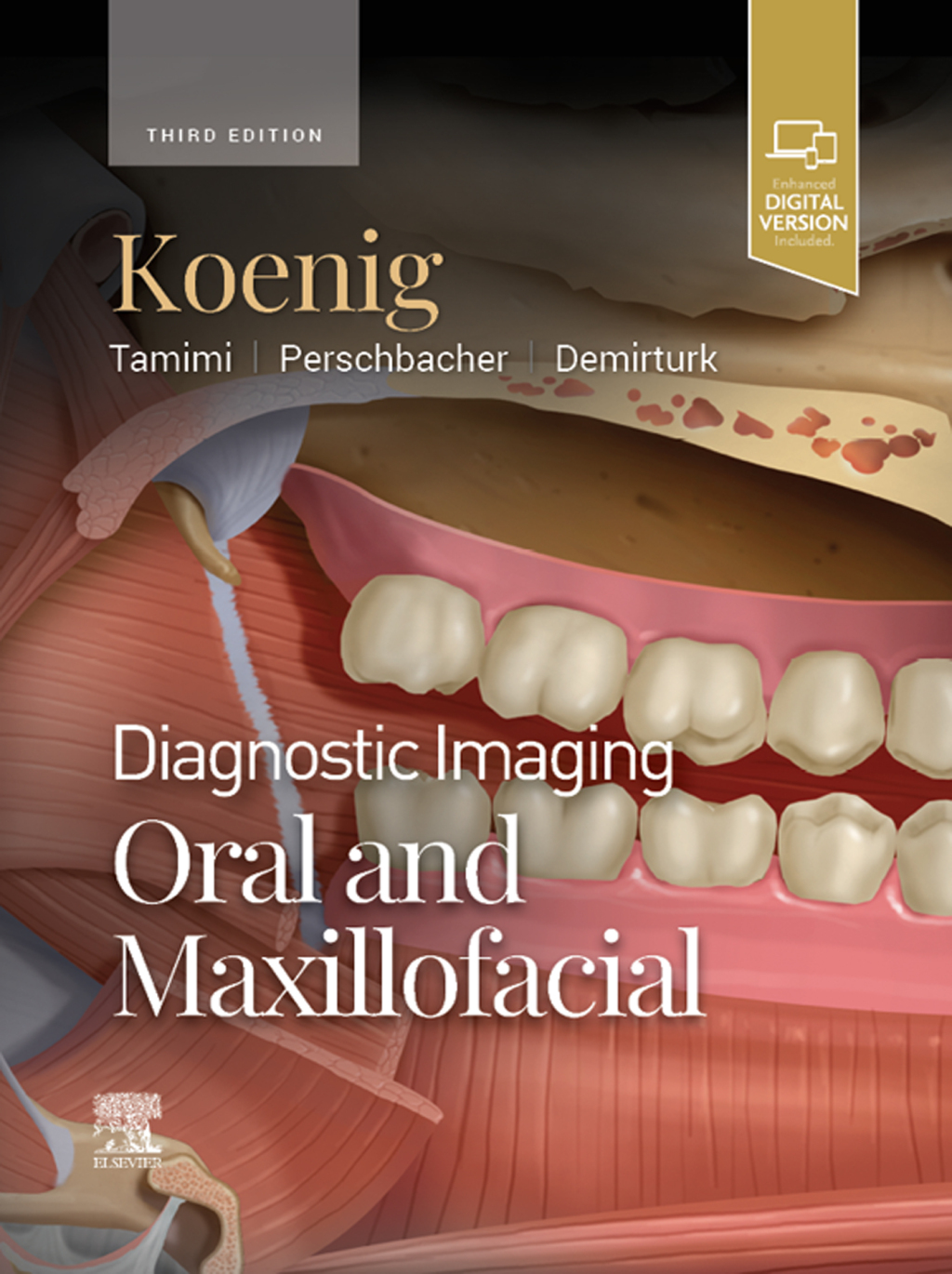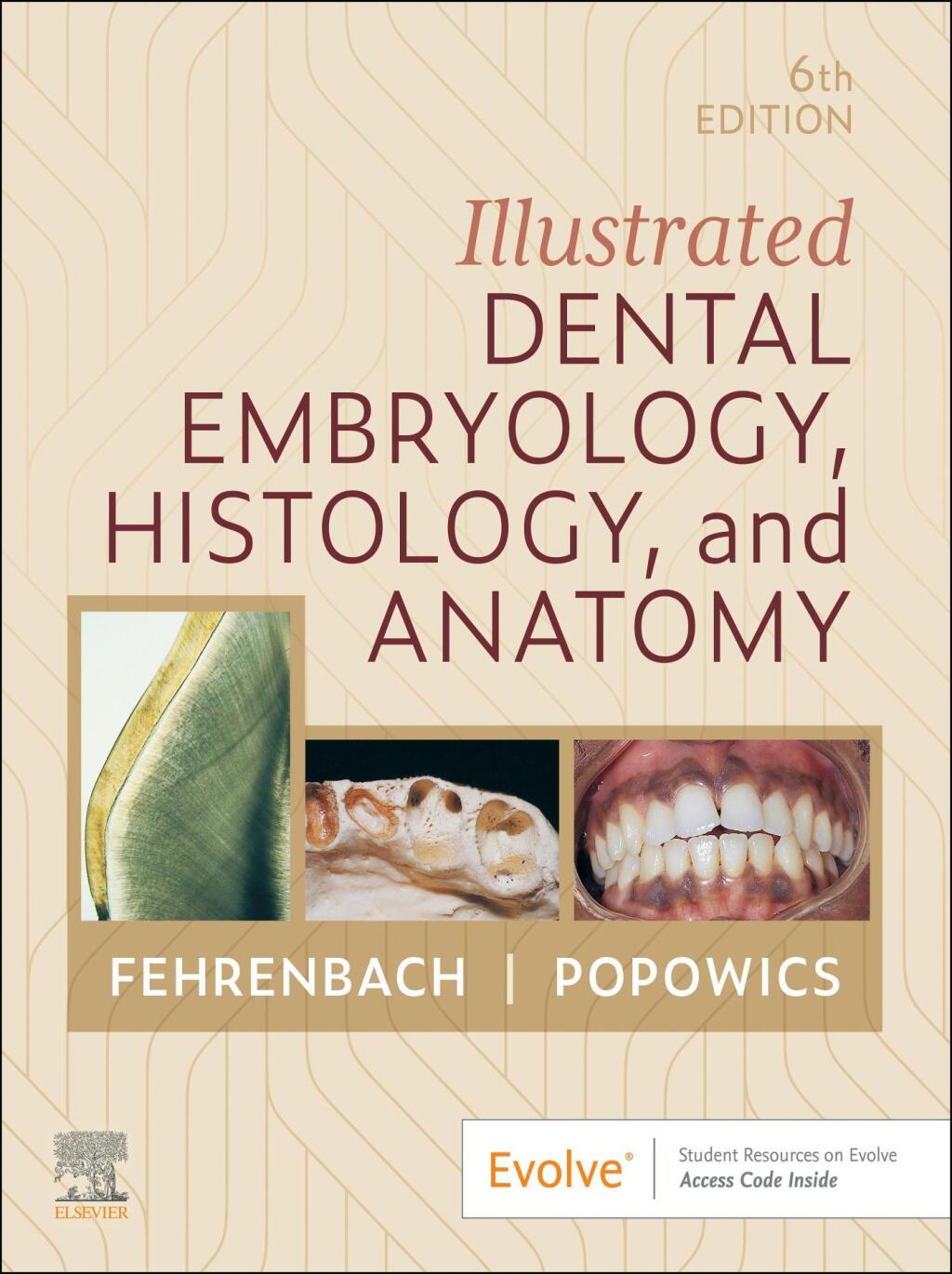This is a print on demand publication. The excavation of an immense pit near the Santee River in South Carolina has produced the first Paleocene vertebrate fauna from the South Atlantic coast of the U.S., as well as a rich flora that provides extensive knowledge of the paleoenvironmental setting in which those animals flourished nearly 60 million years ago. The excavation penetrated the Late Paleocene Williamsburg Formation & yielded many specimens collected from the spoil piles, among which were the first Paleocene mammal remains from the east coast of North America. Here, eight paleobiologists interpret the discoveries systematically & compare them with Paleocene floras & faunas from elsewhere in North America & around the globe. Auhors include: Bruce Erickson (crocodilians & a snake); Robert Weems (bony fishes); Weems & Laurel Bybell (geological setting); Lucy Edwards (dinoflagellates); Robert Melchior (pollen, spores, fossil wood, & amber); Robert Purdy (sharks & rays); Howard Hutchison & Robert Weems (turtles); Robert Schoch (mammals), Glenn Sawyer (coprolites); & Erickson & Melchior (trace fossils). “One of the most significant contributions to our knowledge of early Tertiary times in this region.”
“Essentials of Pediatric and Adolescent Gynecology” has been added to your cart. View cart
Paleobiology of the Williamsburg Formation (Black Mingo Group; Paleocene) of South Carolina, U.S.A. Transactions, American Philosophical Society (vol. 88, part 4)
Author(s):
Publisher: The American Philosophical Society Press
ISBN: 9780871698841
Edition:
$39,99
Delivery: This can be downloaded Immediately after purchasing.
Version: Only PDF Version.
Compatible Devices: Can be read on any device (Kindle, NOOK, Android/IOS devices, Windows, MAC)
Quality: High Quality. No missing contents. Printable
Recommended Software: Check here










